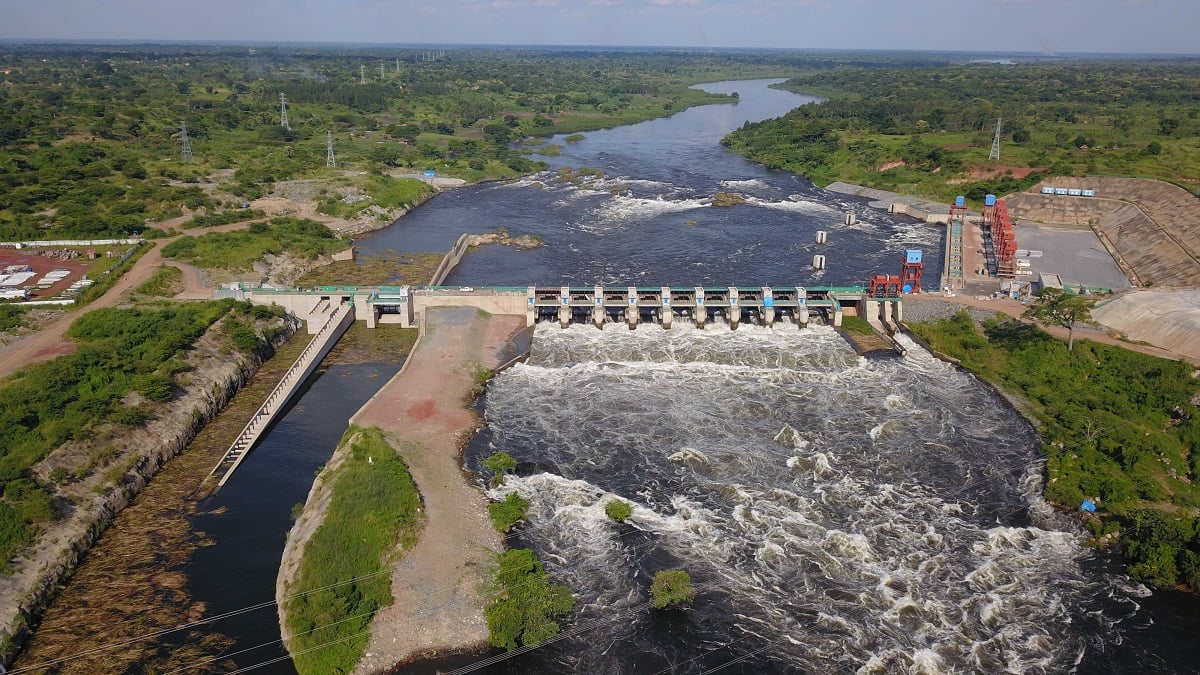Govt seeks new ways to stabilise power supply in West Nile, Gulu

The delayed launch of Karuma Hydro Power Project has forced government to seek alternatives in a bid to stablise power supply in West Nile and northern Uganda in the short term. PHOTO | FILE | COURTESY
What you need to know:
- Scandal. In October last year, former Speaker Rebecca Kadaga described the power crisis in northern Uganda and West Nile as a scandal that government needed to give urgent attention.
- “I think the issue of power in northern Uganda is a scandal. We have had many issues here. Gulu is always in blackout, the neighbouring districts are always in black out, and for West Nile, it is a night mare,” she said after Members of Parliament from northern Uganda and West Nile expressed concern over the unending power blackouts in the region.
The continued delay to complete the Karuma Hydro Power Project [KHPP] has forced government to seek new alternatives through which it can resolve the unending electricity crisis in northern Uganda, particularly in Gulu and surrounding district and parts of West Nile.
Speaking during a status tour to understand the electricity challenges facing northern Uganda, Energy Minister Ruth Nakanbirwa, said there was urgent need to fasten transmission of power to northern Uganda, particularly to West Nile, which largely depends on diesel power.
“Arrangements on ground right now are two way: We have to make sure that ElectroMax generates power constantly as well as energise the transmission lines at Kawanda [to give the region] power earlier than the date of commissioning of Karuma,” she said, noting this would be possible in the short-term if technicalities at Kawanda substation are sorted.
However, Ms Nakanbirwa did not give details of the kind of technicalities that need urgent attention.
Northern Uganda and West Nile have particularly suffered long periods of power blackouts and rationing with some areas, particularly Gulu District going for days without power.
Government had hoped that the shortage would be fixed with the launch of Karuma that had been expected to be completed by 2018.
However, the launch has been delayed with government shifting dates at least on three occasions.
In June, government postponed the launch further to 2022. However, it is not yet clear if works will be complete by then given a number of underlying challenges. About two weeks ago, while conducting an inspection of the project lead by Ms Nankabirwa, the KHPP project coordinator, Mr Albert Byaruhanga, who is contracted under Uganda Electricity Generation Company Limited, said that despite the contractor pushing for commissioning, there were a number of serious non-conformity issues and defects that need to be rectified.
However, KHPP and Karuma Interconnection Project general manager Hoi Fuquiang, blamed government officials for failing to act on resubmitted drafts, which had been recommended by the new Owners Engineer.
The exchange indicate uncertainty on whether the project would have been completed by June 2022, when the 600 megawatts dam is expected to be launched.
During the status tour Mr George Rwabajungu, the Uganda Electricity Transmission Company (UETCL) managing director, informed Ms Nankabirwa that whereas there had been some challenges, a number of projects that are linked Karuma were on schedule.
For instance, he said, they had started testing Olwiyo, noting that by December it will be completed.
Olwiyo is part of the $289m Karuma interconnection project, which links Kawanda to Karuma, and Lira.
The minister was also informed that the 33KV Arua substation is expected to be complete by September to boost supply from Nyagak hydro power and Electro Max thermal power plant.
The intermittent electricity supply continues to frustrate growth in the region, which hosts some of Uganda’s busiest business hubs.
West Nile particularly has a supply of about 3.5 megawatts against demand of between 5 and 6 megawatts, according to Electricity Regulatory Authority.




